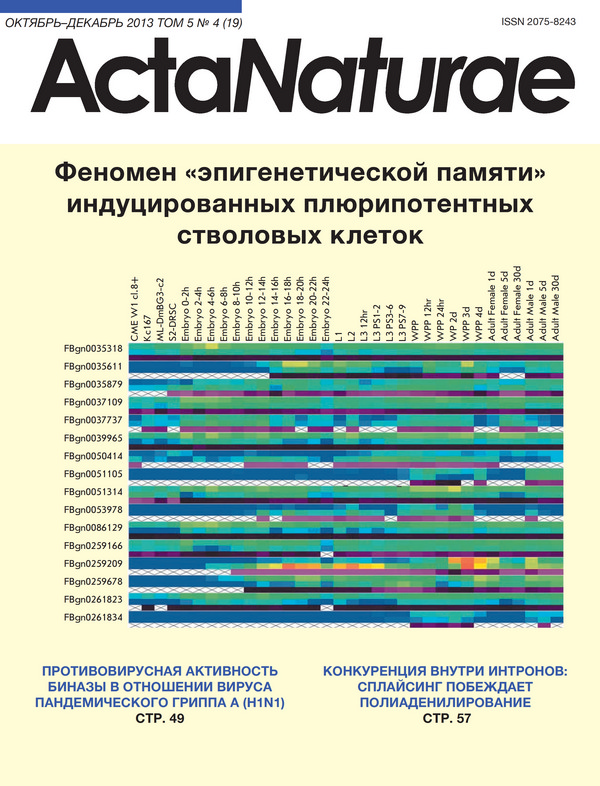Polyreactive Monoclonal Autoantibodies in Multiple Sclerosis: Functional Selection from Phage Display Library and Characterization by Deep Sequencing Analysis
- Authors: Lomakin Y.A.1, Zakharova M.Y.1, Belogurov A.A.1,2, Bykova N.A.3,4, Dronina M.A.1, Tupikin A.E.5,6, Knorre V.D.1, Boyko A.N.7,8, Favorov A.V.9,10,11, Kabilov M.R.5,6, Ponomarenko N.A.1, Gabibov A.G.1,2,12
-
Affiliations:
- Shemyakin–Ovchinnikov Institute of Bioorganic Chemistry, Russian Academy of Sciences
- Institute of Gene Biology, Russian Academy of Sciences
- Kharkevich Institute for Information Transmission Problems
- Faculty of Bioengineering and Bioinformatics, Lomonosov Moscow State University
- Institute of Chemical Biology and Fundamental Medicine, Siberian Branch, Russian Academy of Sciences
- Genomics Core Facility, Siberian Branch, Russian Academy of Sciences
- Moscow Multiple Sclerosis Center at the City Hospital #11
- Pirogov Russian National Research Medical University, Department of Fundamental and Clinical Neurology and Neurosurgery
- Vavilov Institute of General Genetics, Russian Academy of Sciences
- Department of Oncology, Division of Biostatistics and Bioinformatics, Johns Hopkins University School of Medicine
- State Research Institute of Genetics and Selection of Industrial Microorganisms GosNIIGenetika
- Faculty of Chemistry, Lomonosov Moscow State University
- Issue: Vol 5, No 4 (2013)
- Pages: 94-104
- Section: Research Articles
- Submitted: 17.01.2020
- Published: 15.12.2013
- URL: https://actanaturae.ru/2075-8251/article/view/10580
- DOI: https://doi.org/10.32607/20758251-2013-5-4-94-104
- ID: 10580
Cite item







